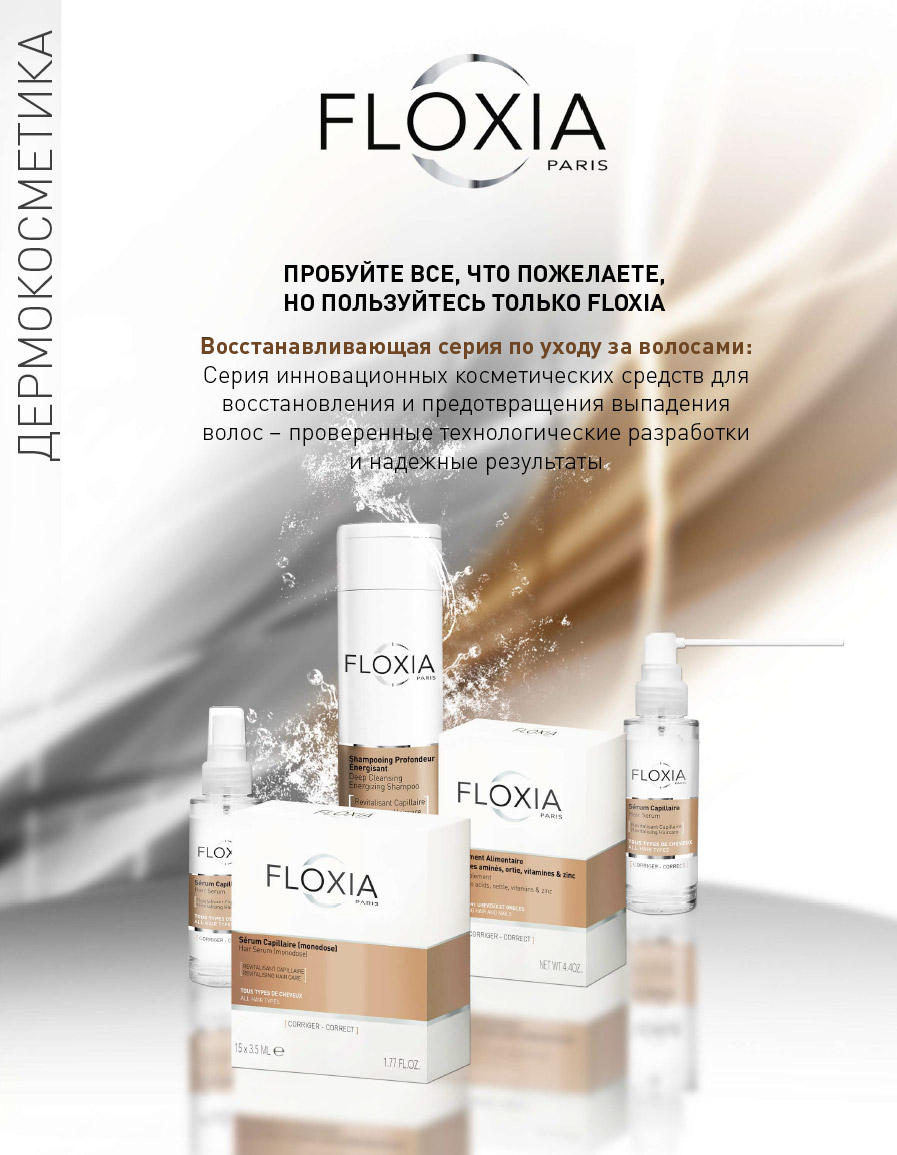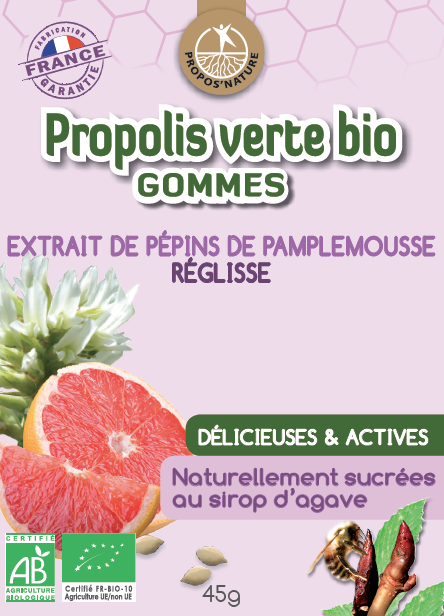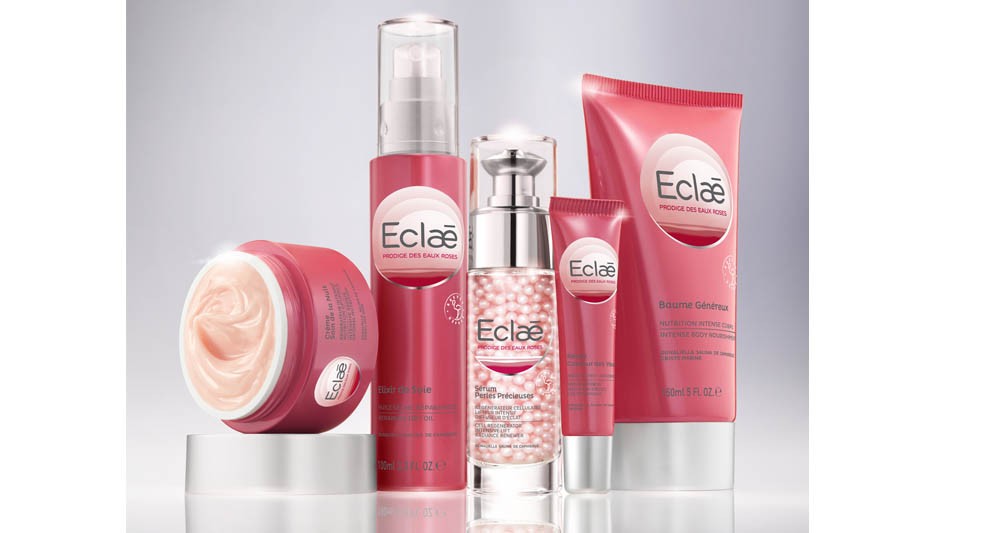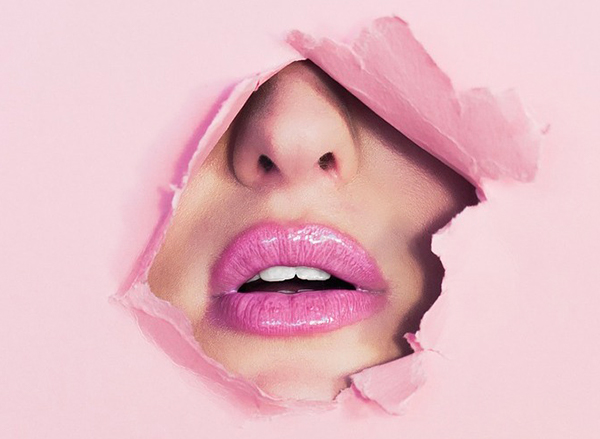The Growing Role of Translation in the Beauty Industry
The cosmetics sector has experienced tremendous growth over the past few decades, thanks to globalization and the increasing drive of companies to tap into new markets. Emerging economies in Asia, Latin America, and Africa are now offering major growth potential. While English remains dominant in this industry, languages such as Chinese, Japanese, and Portuguese (particularly in Brazil) are gaining significant ground. As a linguistic service provider for major players like L’Oréal and Estée Lauder, Atenao offers translation services to both large corporations and independent local brands that are seeing rapid growth in the cosmetics space.
Sector and Key Figures
The cosmetics industry is a strategic focus for the translation and interpretation agency Atenao, and the numbers speak for themselves. In 2023, the global cosmetics market was valued at over $570 billion and is projected to reach $800 billion by 2029, with an average annual growth rate of around 5%. The Asia-Pacific region leads the way, accounting for about 46% of the global market in 2022, driven by strong demand in countries like China, Japan, South Korea, and India. North America represents roughly 24%, with the U.S. being the second-largest consumer market after China. Europe accounts for around 18%, led by France, Germany, and the UK. Globally, the cosmetics industry employs nearly two million people across various segments including production, distribution, marketing, and R&D.
Translation Services in the Cosmetics Industry
Multilingual services are indispensable for cosmetics companies looking to grow internationally. As beauty brands rapidly expand across borders, they must adapt their product materials, communication strategies, tools, and customer service to a linguistically and culturally diverse audience.
Cosmetics Translation: Marketing, Advertising, and Localization
To succeed internationally, cosmetics companies invest heavily in localizing their advertising content so it resonates both culturally and linguistically with target markets. This means translating product labels (ingredients, usage instructions, warnings) to comply with local regulations like INCI, EU norms, or FDA standards, ensuring consumers can safely use and understand the products. A campaign that performs well in Europe might need significant adaptation for audiences in Asia or the Middle East, where beauty ideals vary widely. So, it’s not just about translating words—it’s about cultural adaptation. Some brands even translate or modify their names to better align with local preferences. This transcreation process often includes linguistic reviews that analyze how brand names will be perceived by target audiences, helping avoid embarrassing or damaging translation missteps.
The digital realm has become a top priority for multilingual investment. Beyond websites, brands now translate social media posts, subtitle or dub promotional videos, and localize blog content to reach global audiences effectively.
Interpreting Services in the Cosmetics Industry
In a dynamic and innovation-driven global market, international events play a key role. Cosmetics companies often rely on liaison interpreting at trade shows and simultaneous interpreting at press conferences, executive committee meetings, and industry events.
Key events include:
- Cosmoprof Worldwide Bologna (Italy): A springtime hub for companies entering new markets, attracting buyers and distributors worldwide.
- In-Cosmetics Global: Rotates annually among European cities like Paris, London, and Amsterdam, typically held in spring.
- Beautyworld Middle East (Dubai): Held in October, it’s vital for those targeting the Gulf and North Africa regions.
- Cosmoprof Asia (Hong Kong and Singapore): The Asian extension of Bologna’s Cosmoprof, hosted every November.
- MakeUp in Paris (also in New York, LA, and Seoul): A trade show spotlighting trends in makeup formulations and packaging.
- Beautycon Festival (USA): A consumer-centric event celebrating beauty culture, influencers, and online beauty brands.
Atenao offers full interpreting support for its clients at each of these major international events.
Atenao: A Trusted Partner for Cosmetics Translation
- L’Oréal, the global leader, has been a key client since 2014.
- Unilever, the sector’s second-largest player, partnered with Atenao in 2009.
- Estée Lauder, ranked fifth worldwide, has also used the agency’s services.
Atenao is optimistic about future collaboration with Japan’s market leader, Shiseido, through its Tokyo-based Asian subsidiary.
10 Years of French-to-English Translation for L’Oréal
With €38 billion in revenue and 87,000 employees globally, L’Oréal’s name is synonymous with beauty. Founded in 1909 by Eugène Schueller, L’Oréal manages a broad portfolio across skincare, haircare, makeup, and fragrances. It operates through four main divisions: consumer, professional, luxury, and active cosmetics. The group continues to invest heavily in R&D and sustainability through its “L’Oréal for the Future” program, while also focusing on digital transformation and inclusivity.
Atenao’s collaboration with L’Oréal began in 2014 through the L’Oréal Produits de Luxe International division, which oversees prestigious brands like Lancôme, Yves Saint Laurent Beauté, Giorgio Armani Beauty, Kiehl’s, Biotherm, Helena Rubinstein, and Valentino Beauty. Over the past decade, Atenao has translated nearly 500,000 words for these brands.
In 2018, L’Oréal S.A., the group’s central administrative entity, began using Atenao for corporate translation needs. This was followed in 2021 by the Finance & Legal division, which turned to Atenao for translating contracts, regulatory documents, and financial reports.
In 2022, the Swiss subsidiary L’Oréal Produits de Luxe Suisse partnered with Atenao to translate marketing flyers for the Lancôme brand.
French-to-Russian Translation for Floxia

From 2014 to 2016, Floxia France, a brand recommended by dermatologists for treating hyperpigmentation, acne, dehydration, and aging, chose Atenao for French-to-Russian marketing translations. All work was done directly within InDesign files.
Cosmetics Translation for Hyteck Aroma-Zone
Hyteck Aroma-Zone is a family-owned business that began offering its products and services in 2000. Sisters Anne (a chemical engineer) and Valérie Vausselin explored the benefits of essential oils and went on to develop a range of cosmetic and aromatherapy products.
Although Floxia is a French brand, it is distributed internationally through specialized channels, particularly in pharmacies and para-pharmacies. It has a strong presence in European, African, and Middle Eastern markets, where it enjoys solid recognition among healthcare professionals.
Interpreting for Make Up For Ever
Founded in 1984 by makeup artist Dany Sanz, Make Up For Ever is known for professional-grade cosmetics originally intended for theater, film, and fashion. Since 2021, the brand has relied on Atenao for interpretation at international events, including Executive Committee plenaries, team-building events, workshops, photo shoots, and video interviews.
Other Clients

Propos Nature: Since 2015, Atenao has handled around 10 projects involving essential oils, organic skincare, dietary supplements, and DIY cosmetics, mainly into English, Spanish, and German.
Naos Group: From 2013 to 2019, Atenao provided translation and interpreting for brands like Bioderma, Institut Esthederm, and État Pur in Chinese, English, Turkish, Spanish, and Dutch.
Estée Lauder (Europe): Collaboration began in 2011 with legal French-English translations, followed by four years of multilingual work for Estée Lauder, Clinique, La Mer, and others.
Peggy Sage: This French brand specializing in nail and beauty care began working with Atenao in 2022 for its European expansion (Germany, Greece, Spain, Italy), with over 150,000 words translated to date.

Groupe Salins: From 2010 to 2019, Atenao supported the European development of the anti-aging skincare line ECLAE, made with pink microalgae (Dunaliella salina) from the Camargue salt flats.







